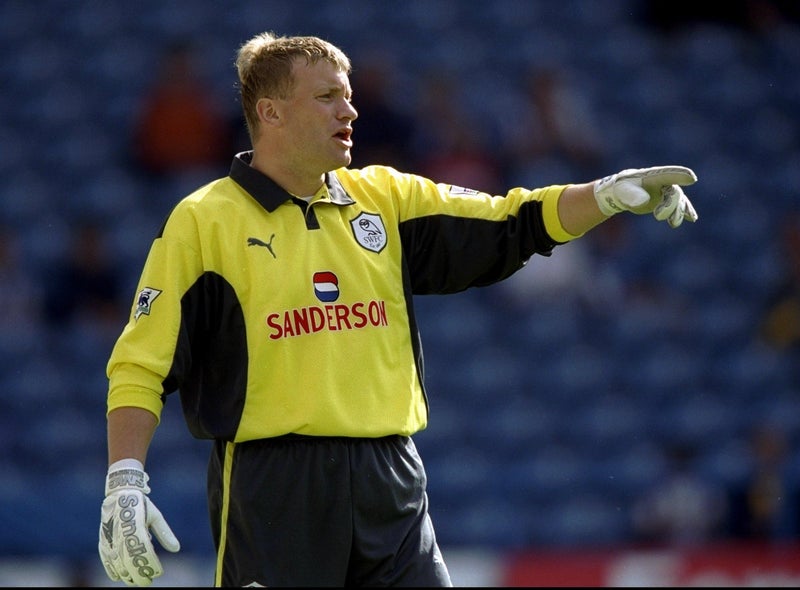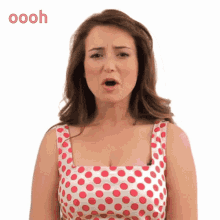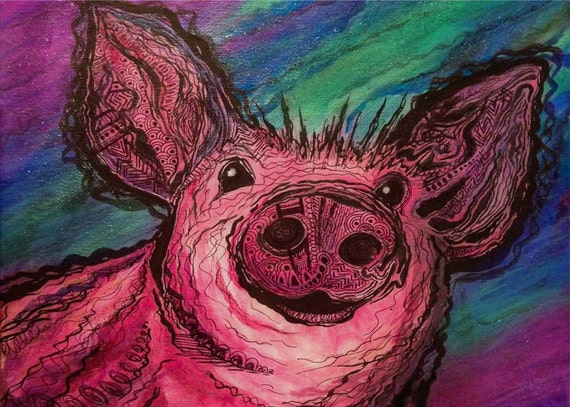- Welcome to Cook'd and Bomb'd.
-
 Who are you voting for in...
by Deano
Who are you voting for in...
by Deano
[Today at 10:51:49 AM] -
 Is this shit?
by Buelligan
Is this shit?
by Buelligan
[Today at 10:50:54 AM] -
 The Captain Tom grift continues...
by Terry Torpid
The Captain Tom grift continues...
by Terry Torpid
[Today at 10:46:03 AM] -
 Cardiacs in Leeds on Sunday...
by Kankurette
Cardiacs in Leeds on Sunday...
by Kankurette
[Today at 10:42:09 AM] -
 American words/phrases you...
by Cleveland Steamer
American words/phrases you...
by Cleveland Steamer
[Today at 10:34:25 AM] -
 Go on, show us yer face
by Underturd
Go on, show us yer face
by Underturd
[Today at 10:32:58 AM] -
 Load of horses gone mental...
by Butchers Blind
Load of horses gone mental...
by Butchers Blind
[Today at 10:32:19 AM] -
 Is Cancel Culture Over?
by Mobbd
Is Cancel Culture Over?
by Mobbd
[Today at 10:31:16 AM] -
 The Travails of Labour - The...
by BlodwynPig
The Travails of Labour - The...
by BlodwynPig
[Today at 10:30:30 AM] -
 Have never felt so shite....
by Underturd
Have never felt so shite....
by Underturd
[Today at 10:27:15 AM]
Members
 Total Members: 17,827
Total Members: 17,827 Latest: skinnylike
Latest: skinnylike
Stats
 Total Posts: 5,583,530
Total Posts: 5,583,530 Total Topics: 106,744
Total Topics: 106,744 Online Today: 991
Online Today: 991 Online Ever: 3,311
Online Ever: 3,311- (July 08, 2021, 03:14:41 AM)
Users Online
 Users: 101
Users: 101 Guests: 823
Guests: 823 Total: 924
Total: 924 Holy Dread
Holy Dread Jumblegraws
Jumblegraws Sonny_Jim
Sonny_Jim Funcrusher
Funcrusher prelektric
prelektric Tikwid
Tikwid Swoz_MK
Swoz_MK Greyhound
Greyhound Shaxberd
Shaxberd Jerrykeshton
Jerrykeshton Deano
Deano Brigadier Pompous
Brigadier Pompous Kankurette
Kankurette George White
George White magister
magister lankyguy95
lankyguy95 Norton Canes
Norton Canes Egyptian Feast
Egyptian Feast Ruben Remus
Ruben Remus dazed_and_bemused
dazed_and_bemused Buelligan
Buelligan Better Midlands
Better Midlands Chairman Yang
Chairman Yang Mr Vegetables
Mr Vegetables mattjjh
mattjjh MojoJojo
MojoJojo Benga Zara
Benga Zara captainpigeon
captainpigeon Underturd
Underturd Pixel Pusher
Pixel Pusher Mr_Simnock
Mr_Simnock Zetetic
Zetetic buttgammon
buttgammon Stoneage Dinosaurs
Stoneage Dinosaurs DocDaneeka
DocDaneeka Pavlov`s Dog`s Dad`s Dead
Pavlov`s Dog`s Dad`s Dead buntyman
buntyman nero
nero mippy
mippy rilk
rilk Jack Shaftoe
Jack Shaftoe Thosworth
Thosworth Registering to lurk
Registering to lurk Twilkes
Twilkes kngen
kngen non capisco
non capisco Wayman C. McCreery
Wayman C. McCreery katzenjammer
katzenjammer StooeyGK
StooeyGK Wezzo
Wezzo tony peanuts
tony peanuts fancywookiee
fancywookiee Gethin Grave
Gethin Grave Sad Ken
Sad Ken Paul Calf
Paul Calf Jockice
Jockice Petey Pate
Petey Pate Percy Dovetonsils
Percy Dovetonsils thr0b
thr0b The Always Red Society
The Always Red Society Dex Sawash
Dex Sawash druss
druss frajer
frajer iamcoop
iamcoop Whug Baspin
Whug Baspin H-O-W-L
H-O-W-L robhug
robhug trabuch
trabuch Huxleys Babkins
Huxleys Babkins Senior Baiano
Senior Baiano Langdale
Langdale oilywater
oilywater godber
godber What Doth Life?
What Doth Life? Bronzy
Bronzy Alberon
Alberon Kelvin
Kelvin Gulftastic
Gulftastic
User actions

